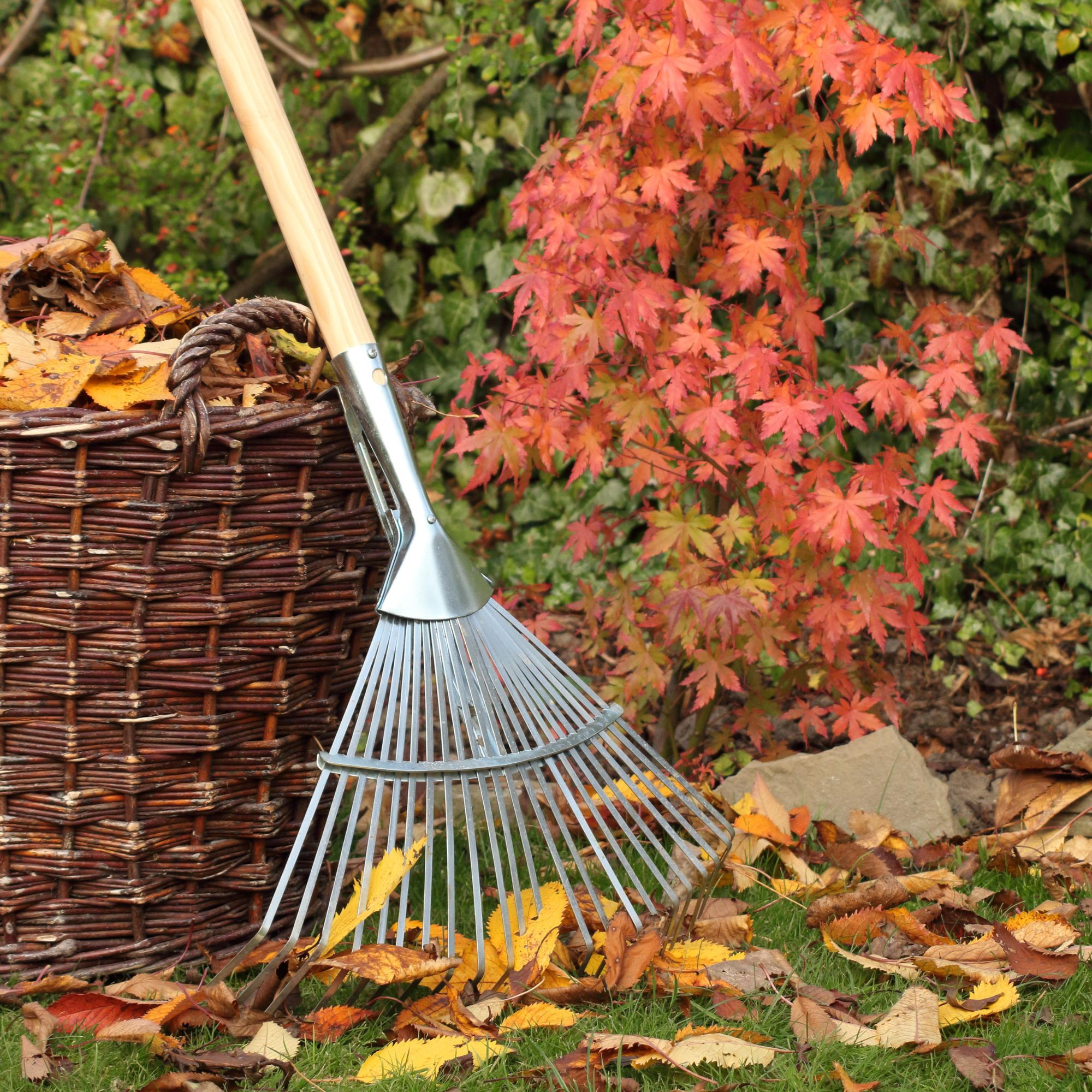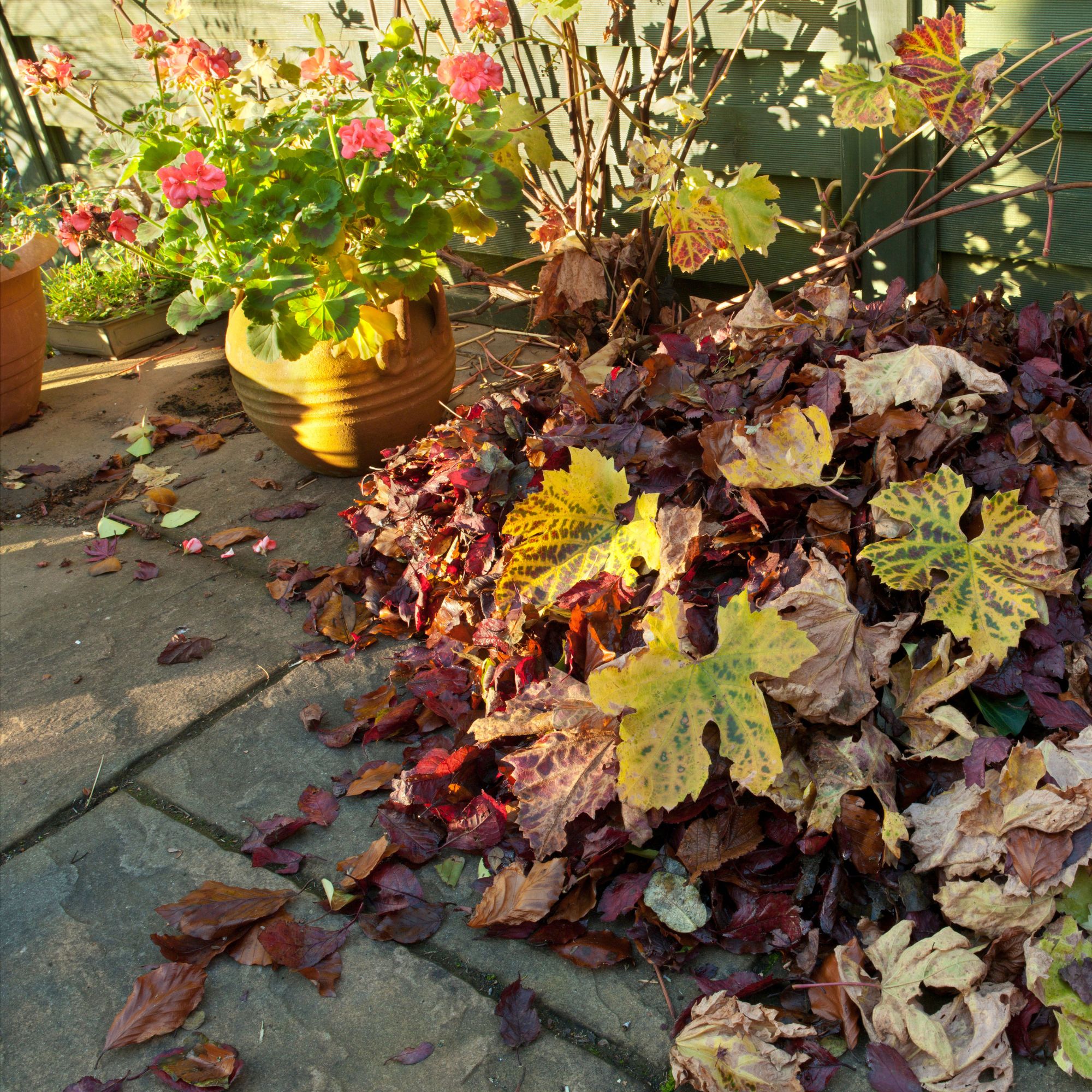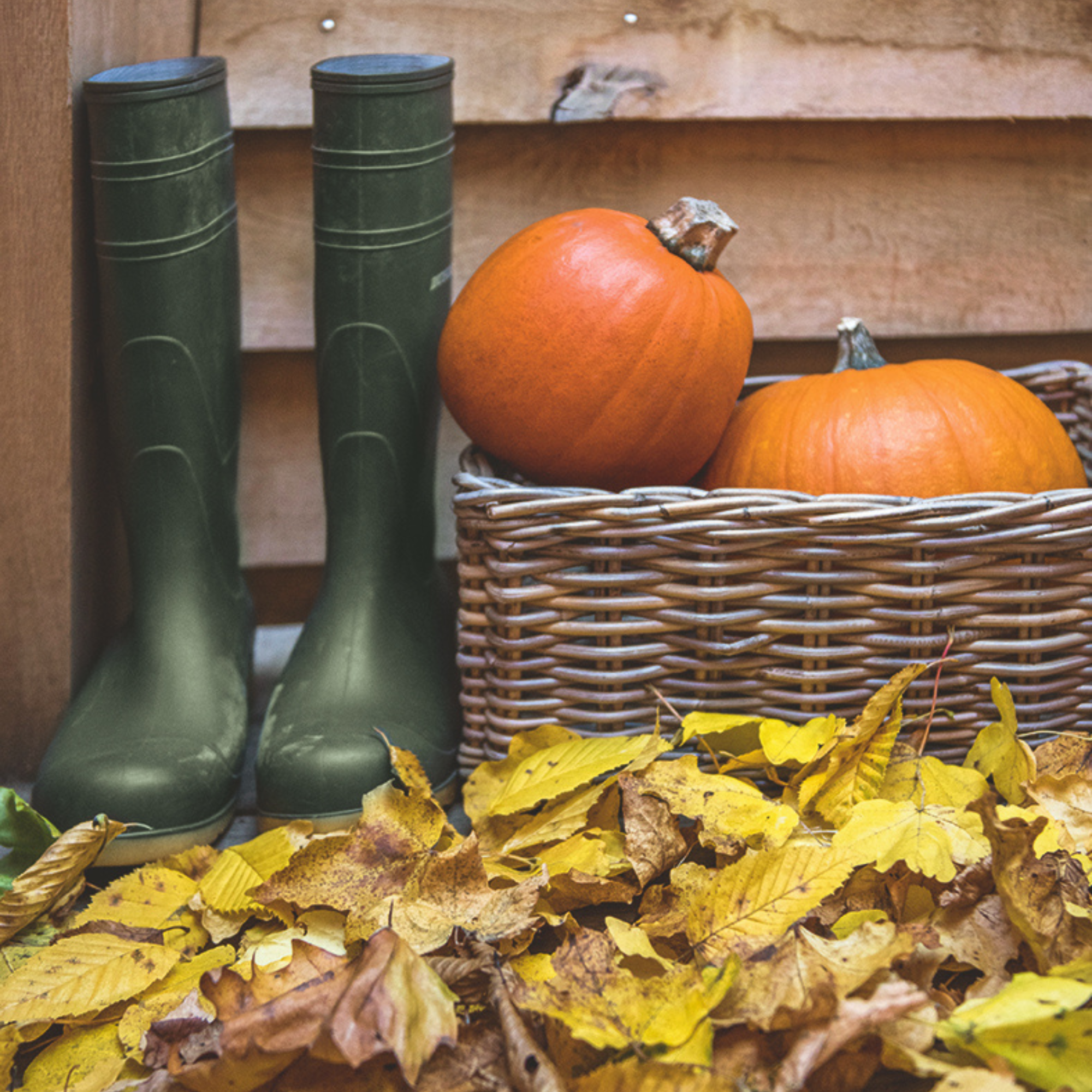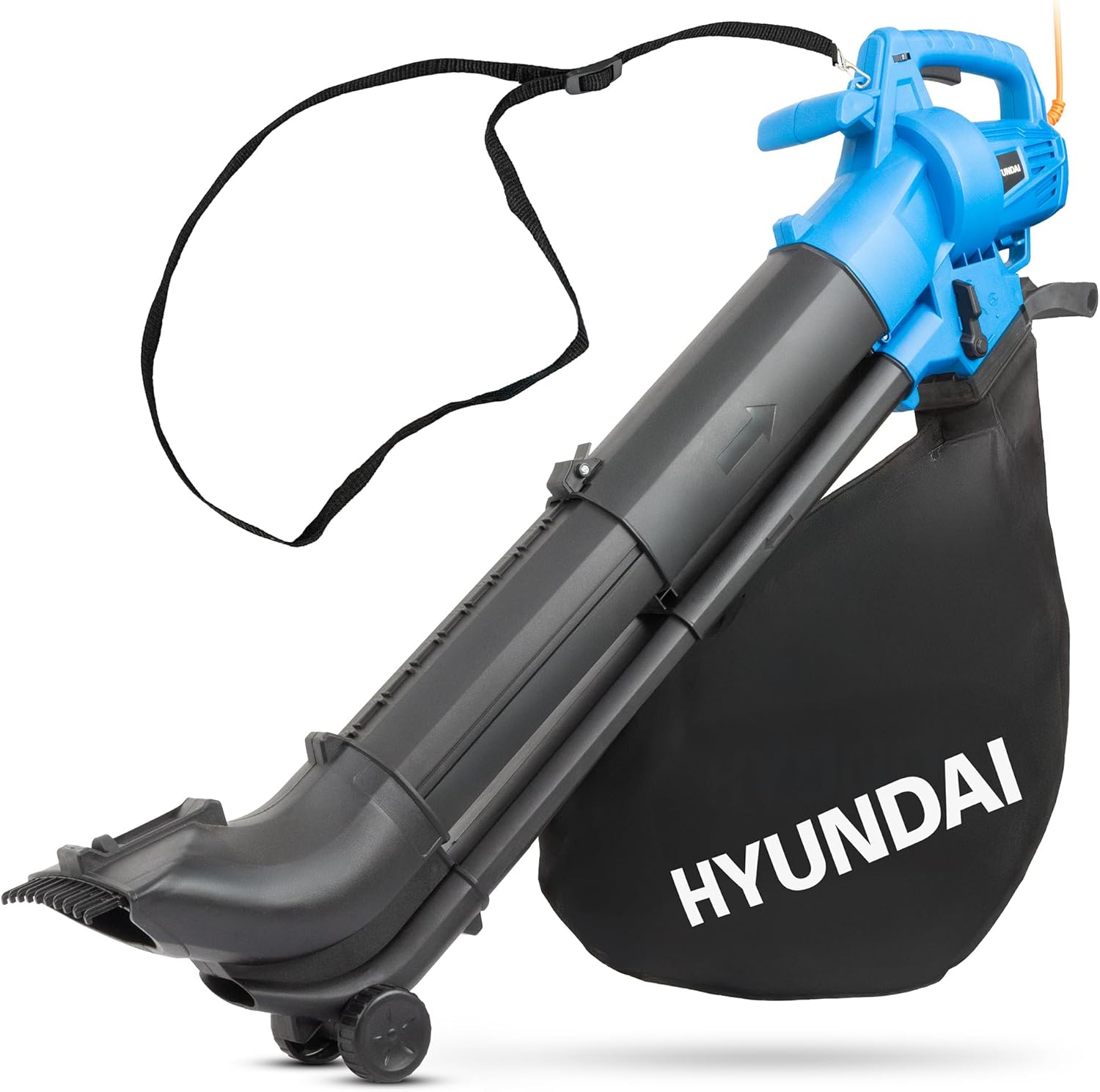Gardeners are being warned against putting wet leaves in this 1 place – it could cost you a flourishing garden next year
It's an easy mistake to make


Garden experts have revealed the one place you should never put wet leaves, and the answer may come as a big surprise.
When thinking about things you should never put in a compost bin, I’d bet that wet leaves didn’t even cross your mind. It will now, however, as this is one of the many items you should avoid putting in your bin.
While it is a good idea to recycle leaves and garden waste back into your compost to help your garden ideas flourish in future seasons, you shouldn’t do this if your leaves are wet. It can slow the composting process down and give you a soggy, slimy and smelly result - here is everything you need to know.
Why you should never put wet leaves in a compost bin
Knowing how to make compost is a valuable skill any gardener should know, and one of the most important things to know is what to feed it. Adding wet leaves, while well-intentioned, can slow down the composting process and make the finished product a slimy, lesser-quality version.

‘You should not put wet leaves in a compost bin as if the material in the bin is too wet, this can slow the composting process due to a lack of air,’ says Richard Barker, commercial director of LBS Horticulture. ‘Wet leaves can become compacted easily and fill air pockets within the compost. A compost bin needs air in order to break down the material inside effectively.’
Compost that is too wet can become slimy and smelly rather than the crumby result you’re looking for. Plus, if leaves are too wet, they can contaminate other items in the bin, making them wet and slimy, too.
What to do if you've already added wet leaves to your compost
If you’re reading this thinking you’ve already added wet leaves to your compost this autumn, don’t worry, this composting mistake can be corrected.
Sign up to our newsletter for style inspiration, real homes, project and garden advice and shopping know-how

‘Too much moisture in your compost bin will mean the contents turn smelly and slimy due to anaerobic decomposition, which occurs when there is excess moisture and a lack of oxygen. If you see this happening in your compost bin, to correct it, you can add dry materials to absorb the excess water, such as shredded cardboard, torn up newspaper, straw or sawdust,’ explains Lucie Bradley, garden and greenhouse expert at Easy Garden Irrigation.
‘You should also increase oxygen in the compost bin by turning the contents using a fork or compost aerator, which has been especially designed to aerate the pile. You should also check that there is a way for excess moisture to leave the compost bin - so holes in the base of the bin, or covering a loose compost heap with a tarpaulin during heavy rain.’
Where to put wet leaves
It may sound a little tedious, but what you need to do is let your leaves dry out before adding them to the compost.

‘Spread the leaves into a large, thin pile and allow them to dry for a few days. The leaves will need to be raked every so often to expose the wetter parts so that they dry fully,’ says Richard.
‘If it is still rainy, spread the wet leaves on a piece of tarp to dry out so that they can be moved easily to stop them becoming wetter. Alternatively, you can place the leaves inside of a mesh laundry bag and hang this up somewhere for the leaves to dry.’
Alternatively, Lucie recommends turning wet leaves into leaf mould. This is a natural soil conditioner that improves the water retention and aeration of your soil, while providing it with organic matter.
‘Simply fill a bag with wet leaves - if you do include some dry leaves, you may need to add water - then place the bag in an out-of-the-way spot in your garden, ideally in the shade. Puncture the bag with a few holes to allow air to circulate and excess water to drain,’ she says.
‘For the leaves to decompose and turn into leaf mould can take a year or longer, but requires little attention. Simply check every couple of months, and if the leaves are drying, add more water. The leaf mould will be ready to use when it is a solid, dark shade, soft and crumbly.’
The exception to the rule
If you have no other means of disposal, it is possible to add wet leaves to a compost bin - but there is a particular way of doing so, and this is not a recommended method.

‘If you are composting wet leaves, you should try to balance this out by adding dry materials to the compost, such as cardboard, paper or straw,' says Richard.
'This will absorb some of the excess moisture, and the pile should also be turned to aerate the compost to allow for proper decomposition to occur. Do not try to flatten or push down the compost in any way after adding wet leaves, as this can make the compost compacted.'
Have you ever been guilty of making this composting mistake before?

Kezia Reynolds joined the Ideal Home team as News Writer in September 2024. After graduating from City, University of London in 2022 with a bachelor’s degree in journalism, Kezia kicked off her career spending two years working on women’s weekly magazines. She is always on the lookout for the latest home news, finding you the best deals and trends - so you don’t miss a thing!
You must confirm your public display name before commenting
Please logout and then login again, you will then be prompted to enter your display name.


